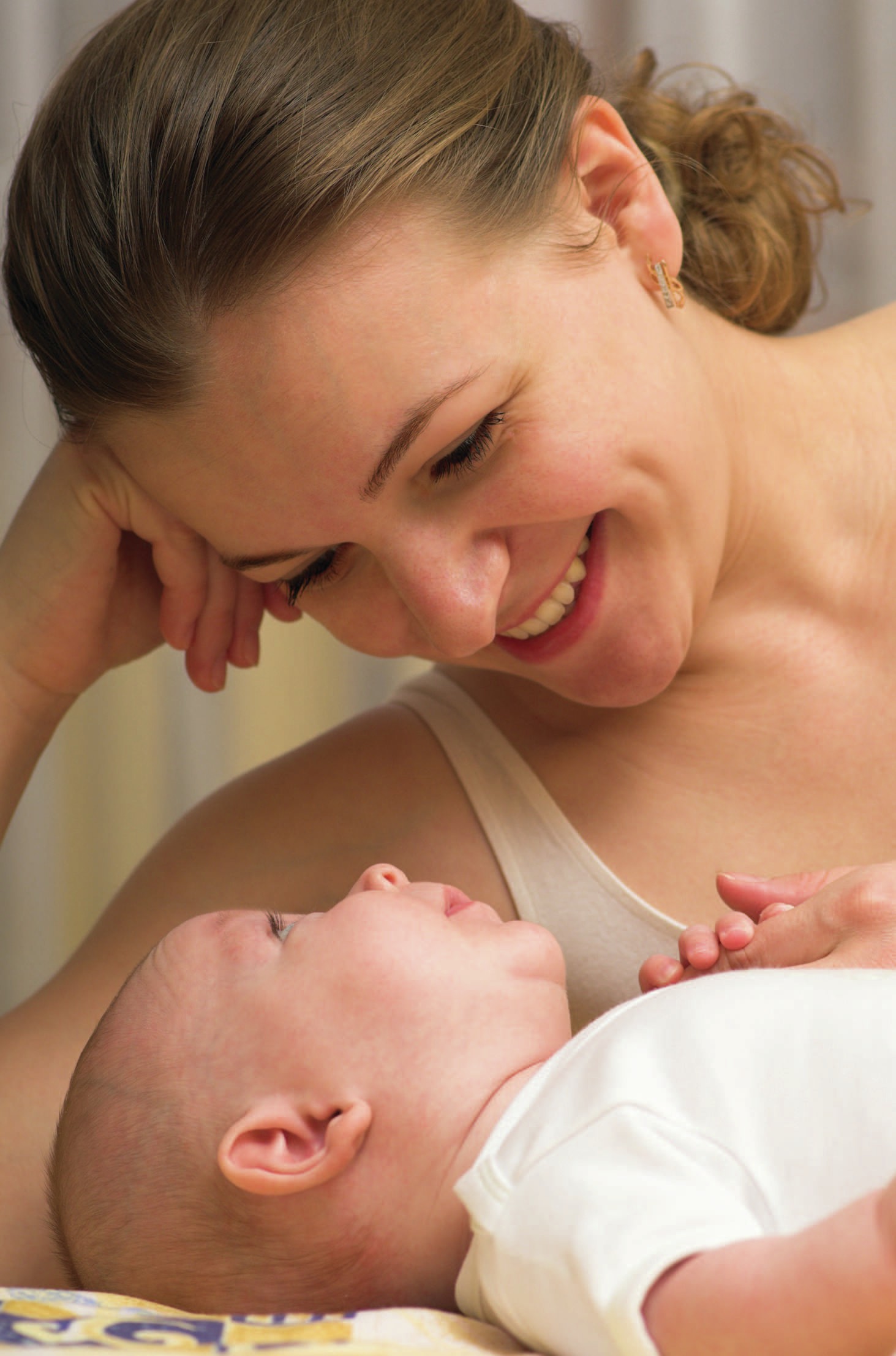
After Madeleine McCann disappeared on holiday in Portugal on 3 May 2007, the British police asked that all visitors to the Ocean Club resort in Praia da Luz and the surrounding area in the 2 weeks leading up to Madeleine’s disappearance provide copies of photographs of people taken during their stay, in an attempt to identify the abductor using a biometric facial recognition application.
Similarly, German federal police now use a facial recognition system to allow voluntary subscribers to pass through fully automated border controls at Frankfurt airport. The Australian customs service has an automated border processing system called ‘SmartGate’ that uses facial recognition technology to compare faces with the image in the e-passport microchip, certifying that the person carrying the passport is the rightful owner.
Your organisation does not have access to this article.
Sign up today to give your students the edge they need to achieve their best grades with subject expertise
Subscribe



